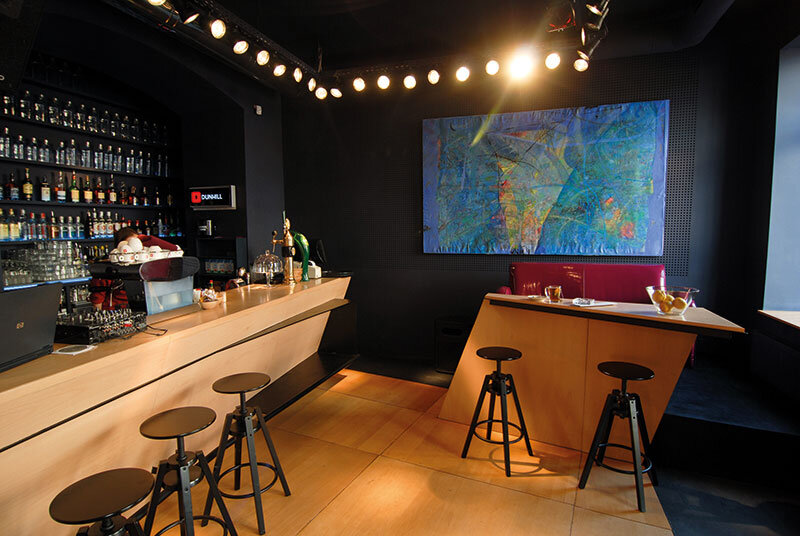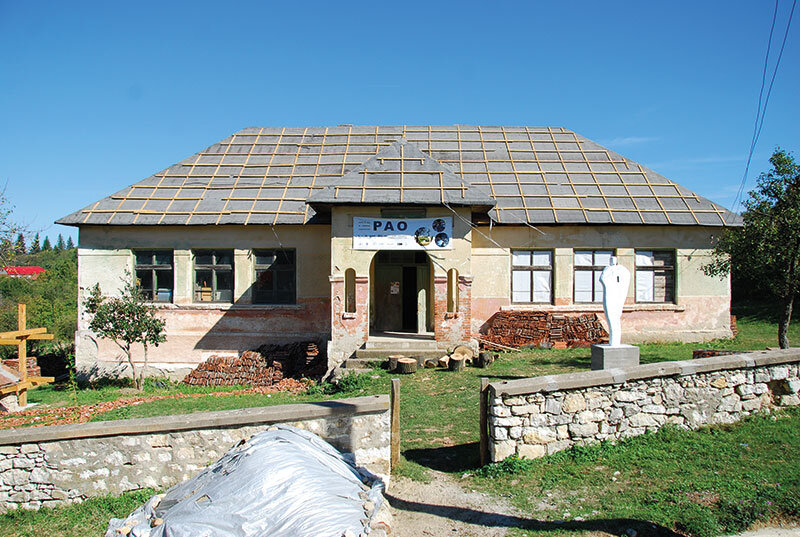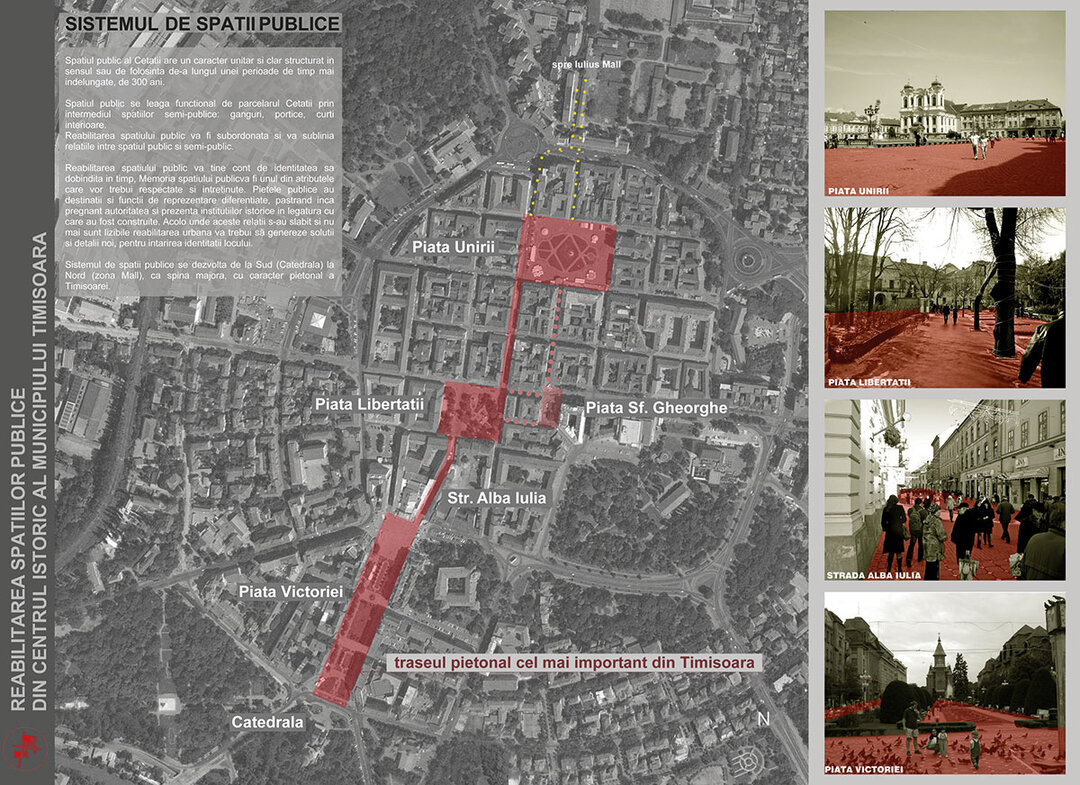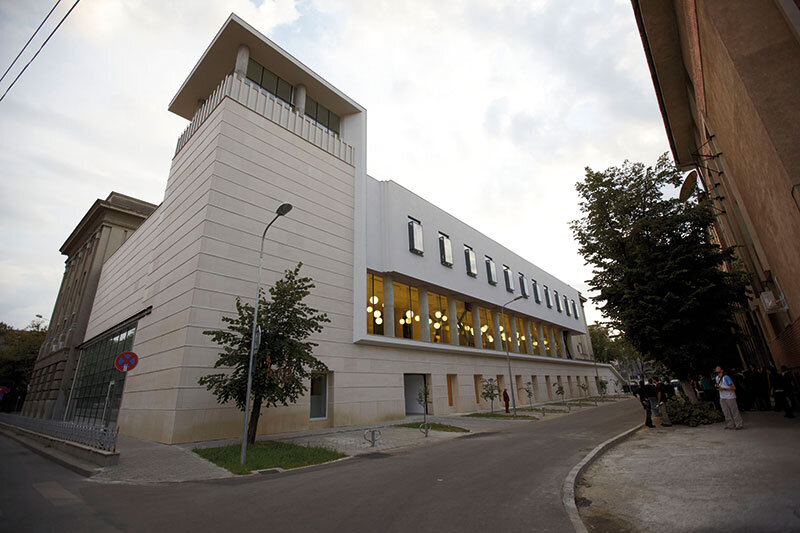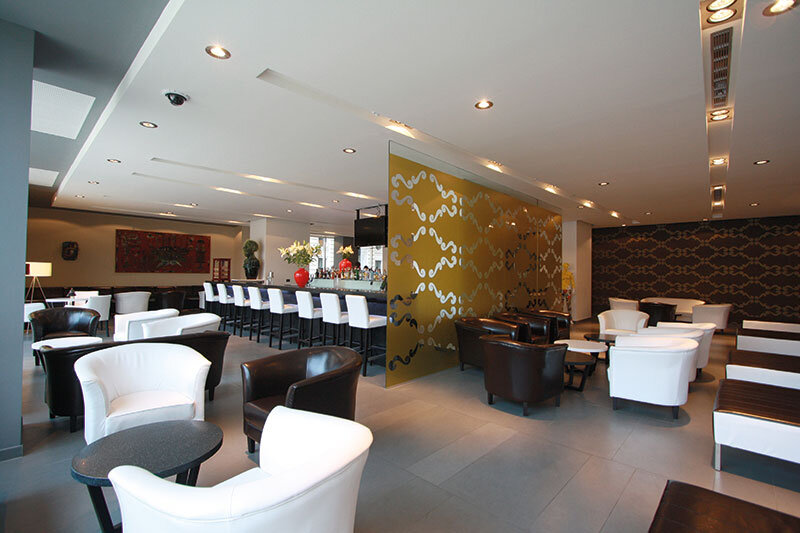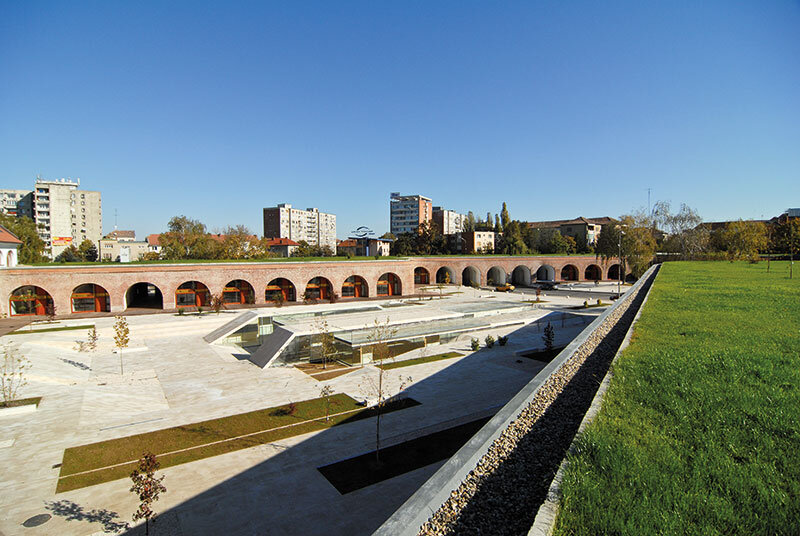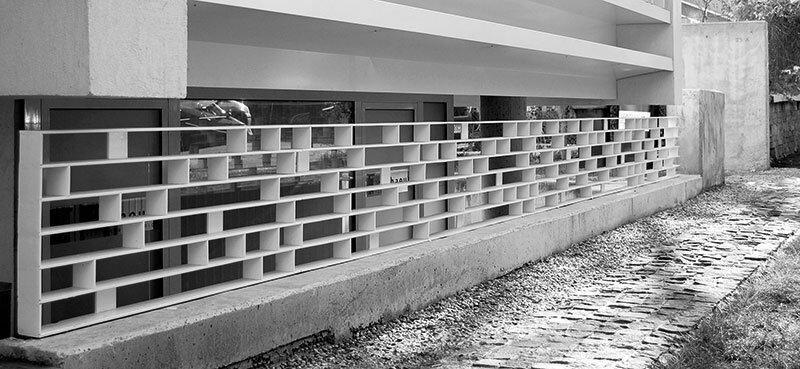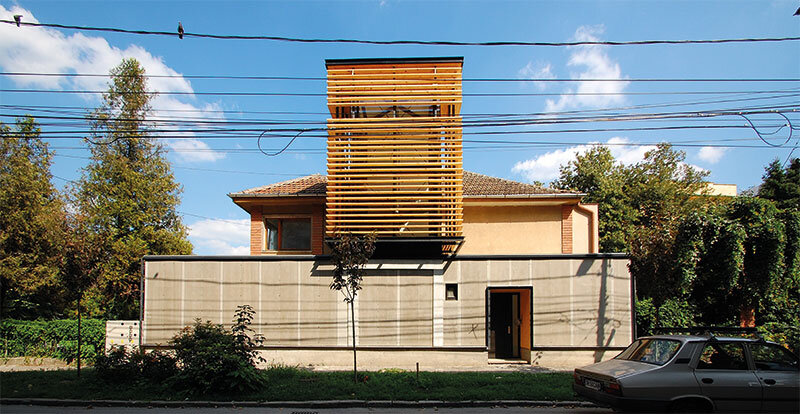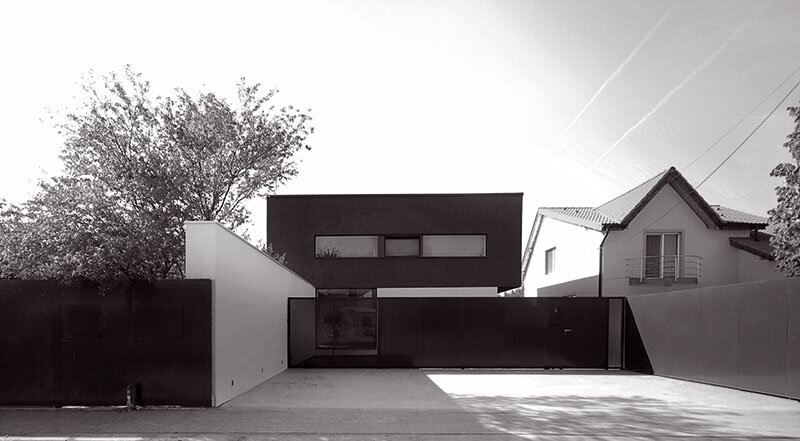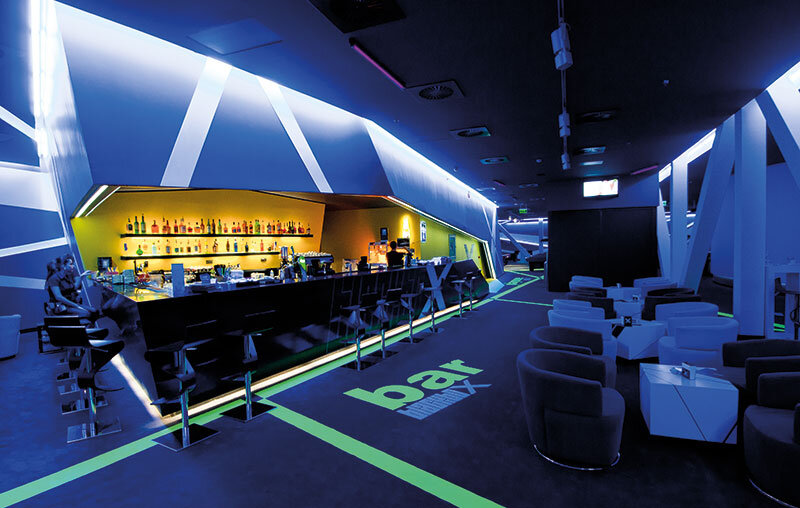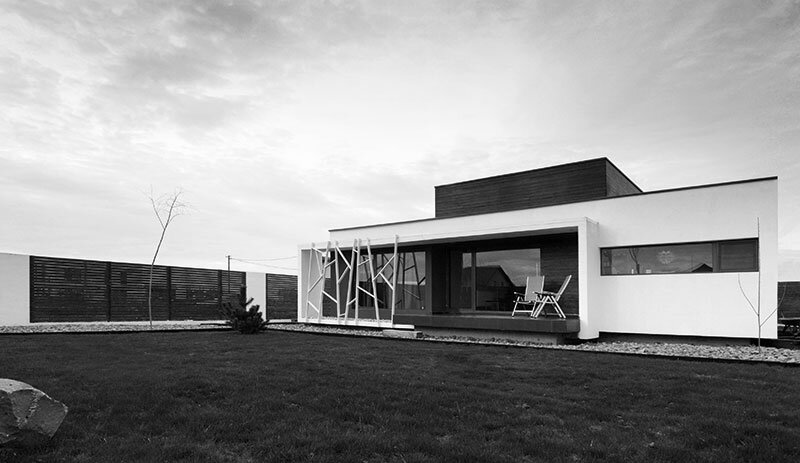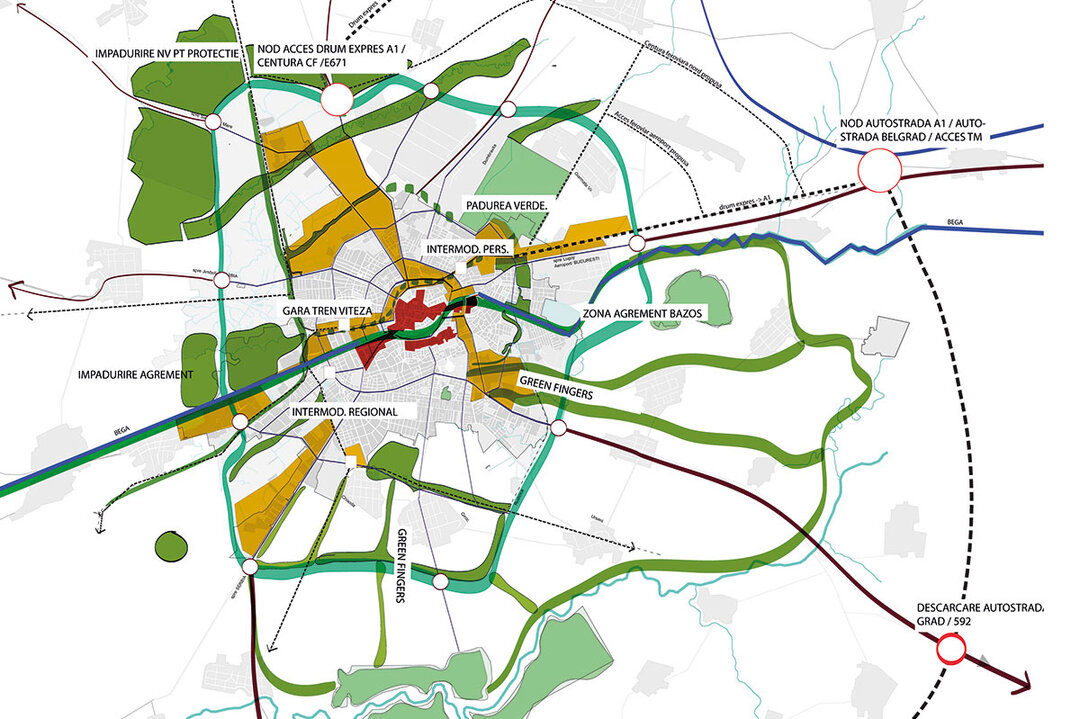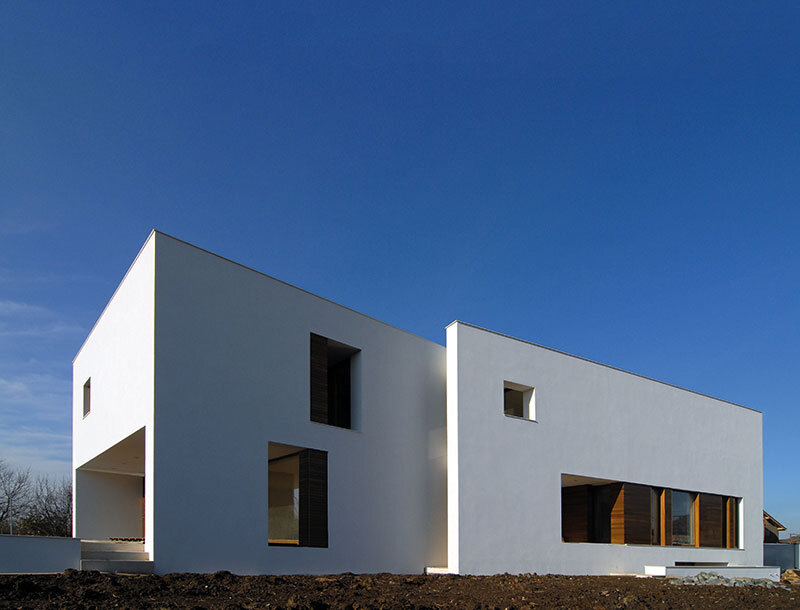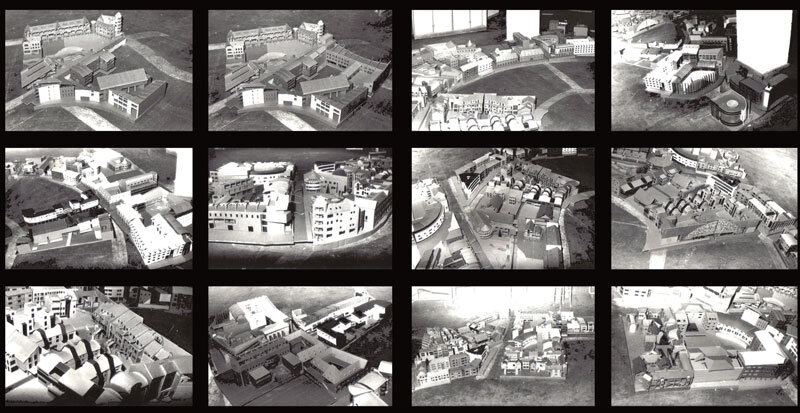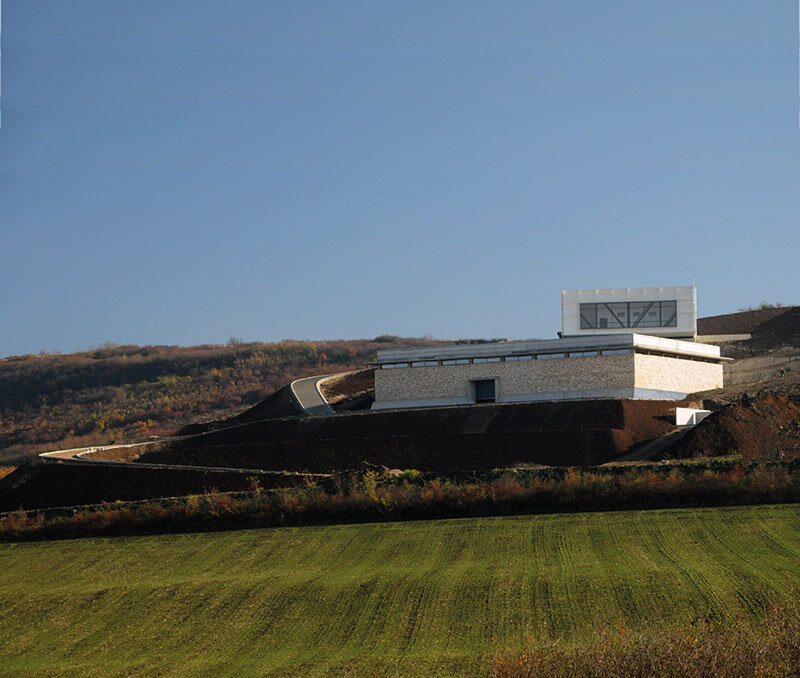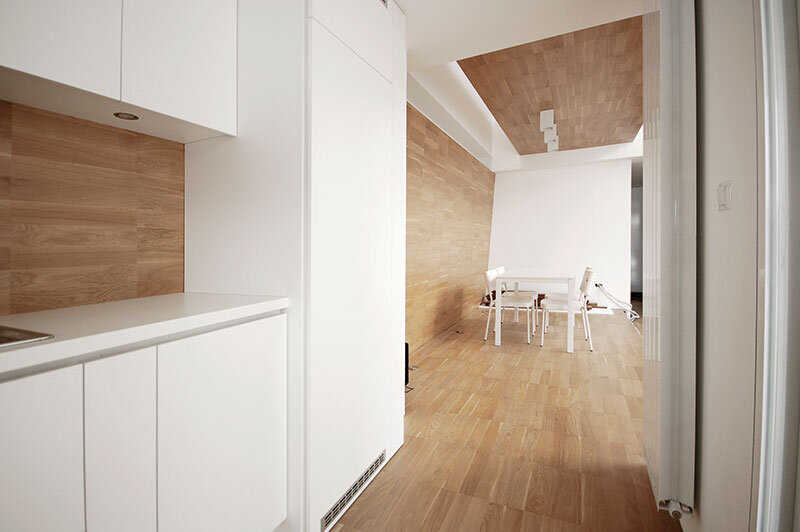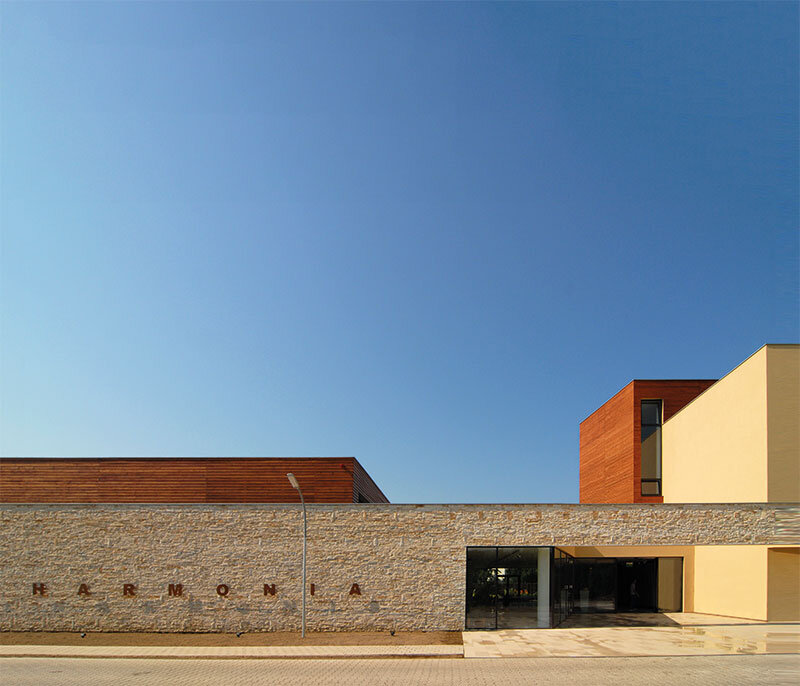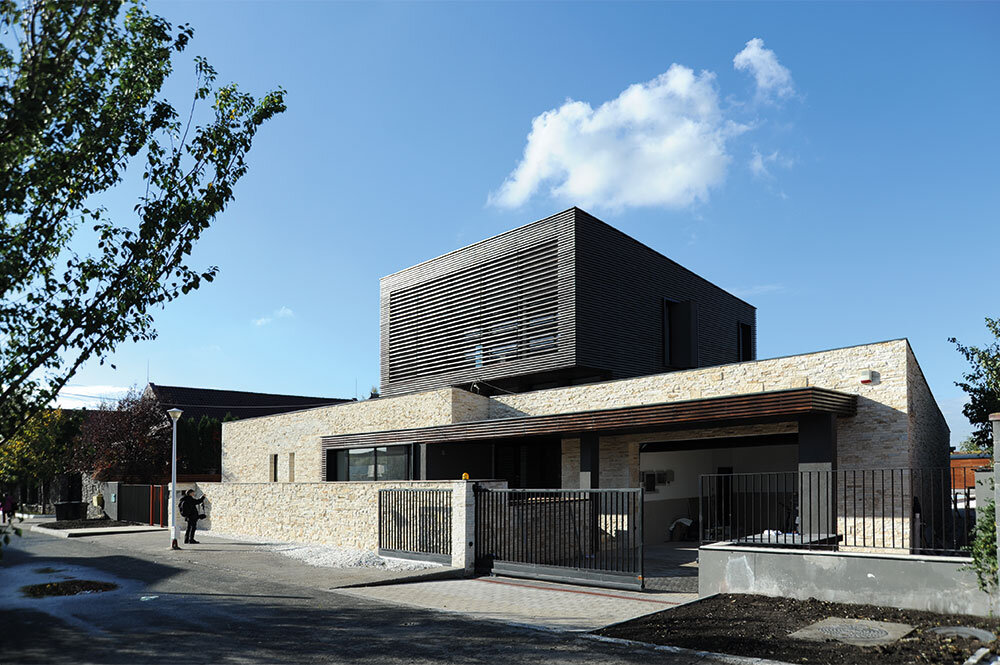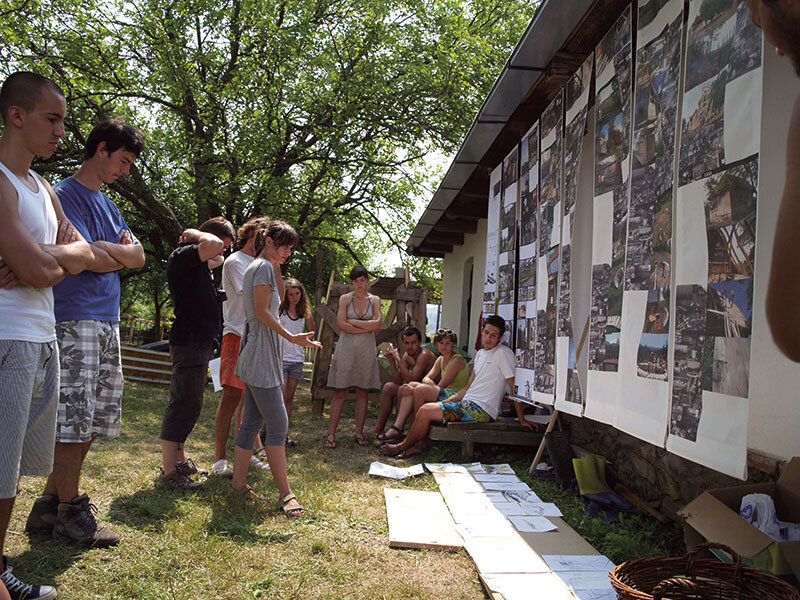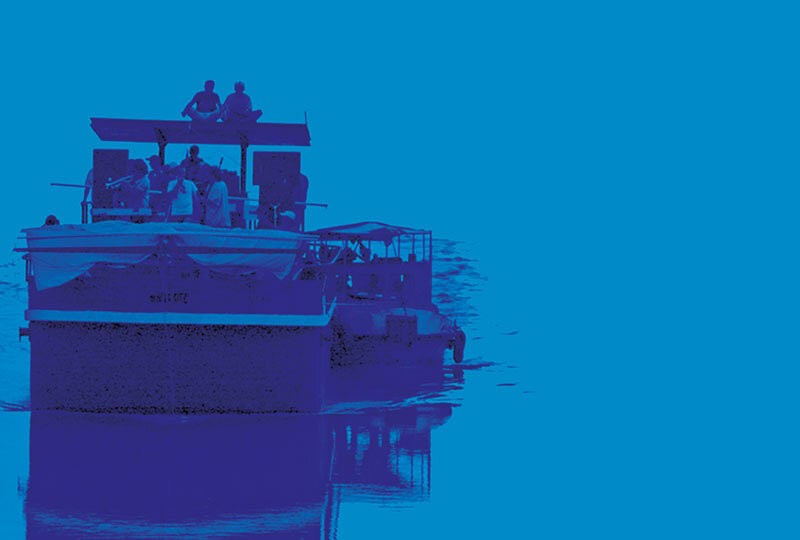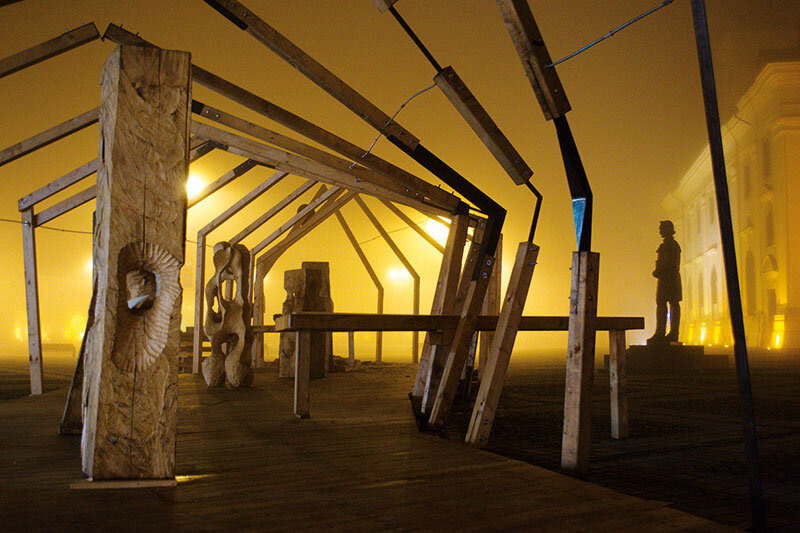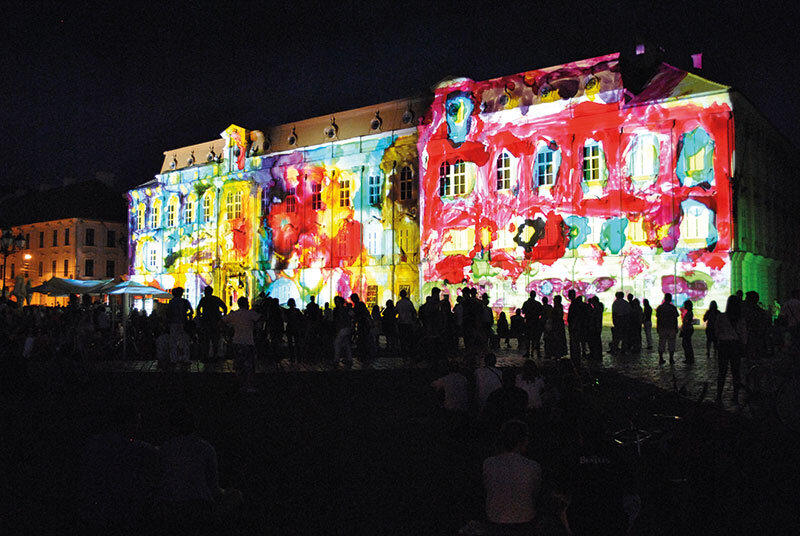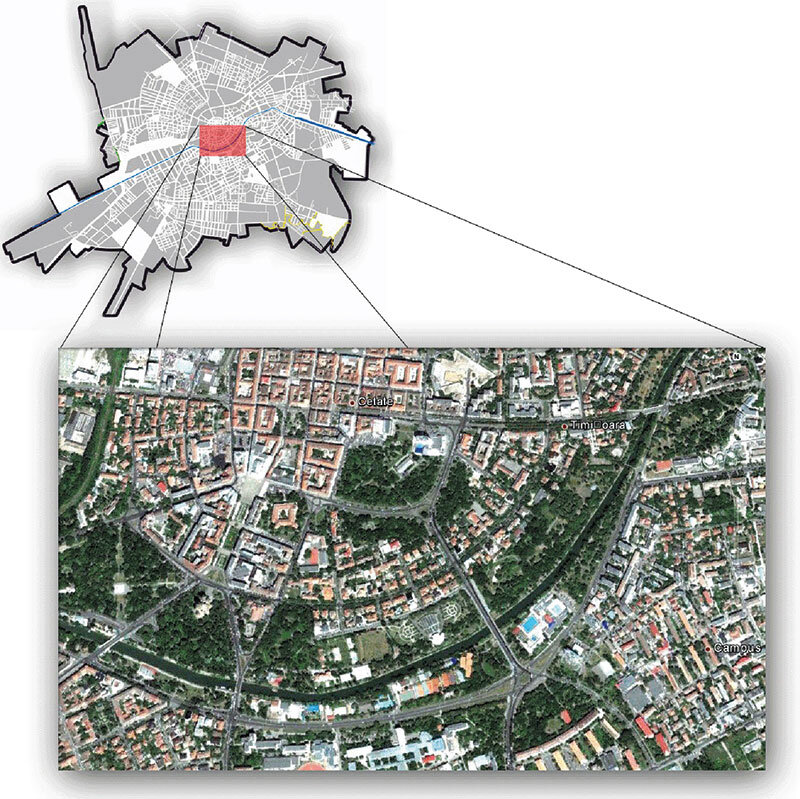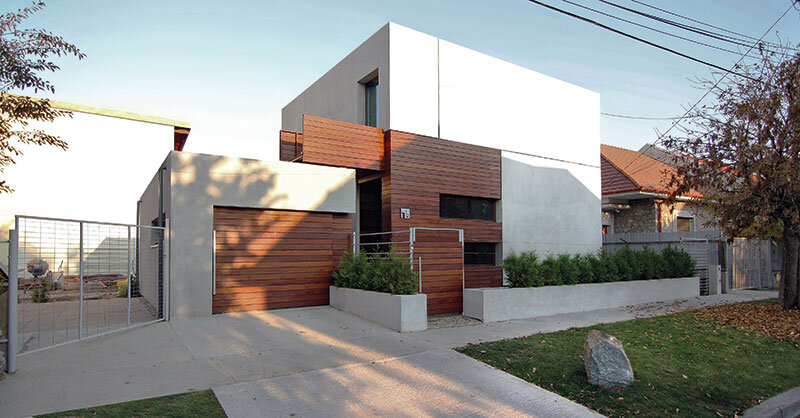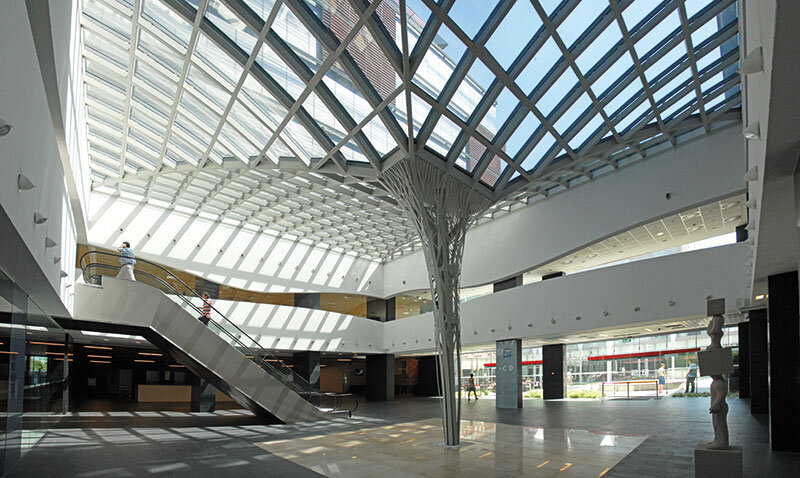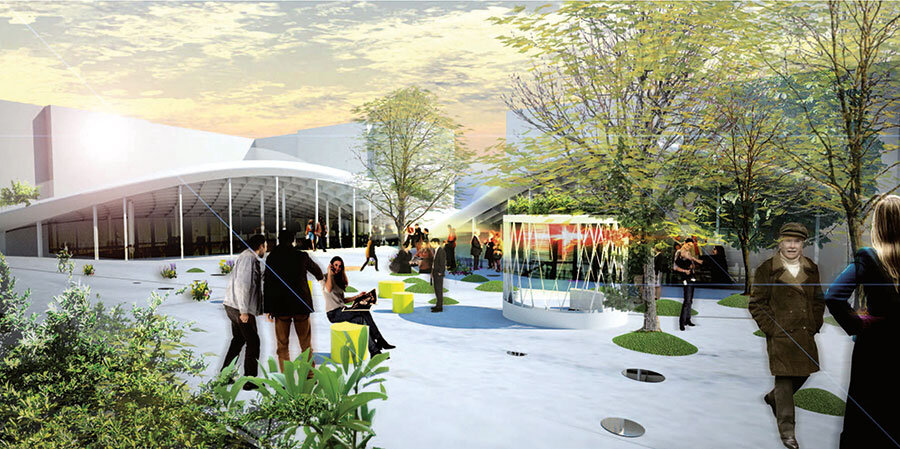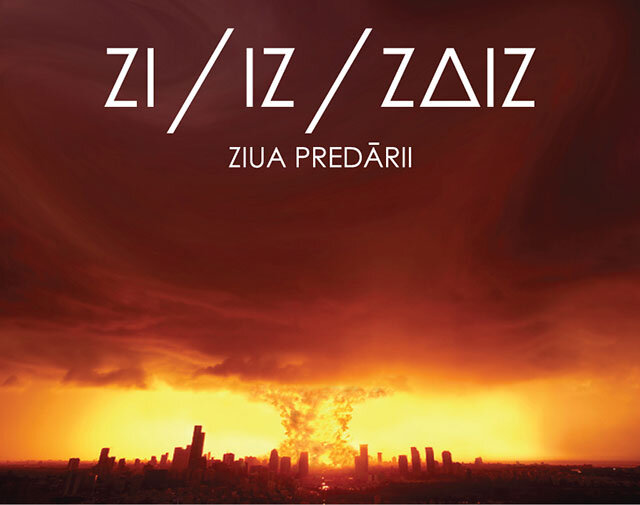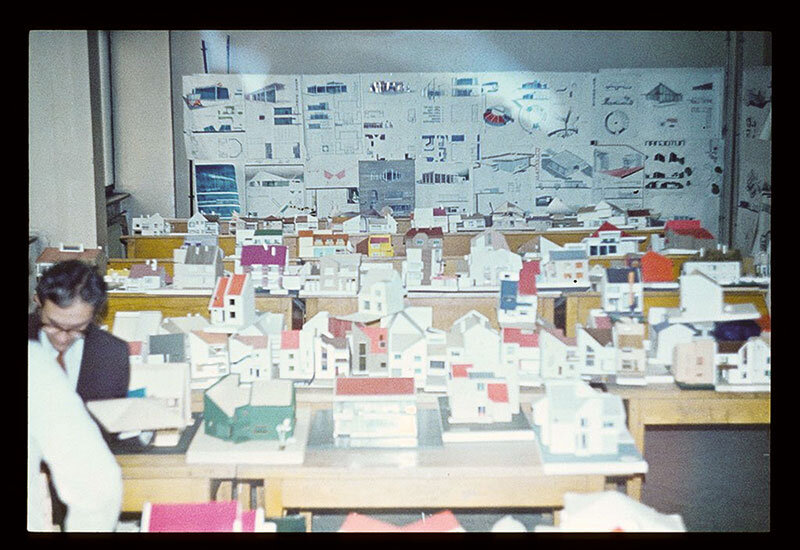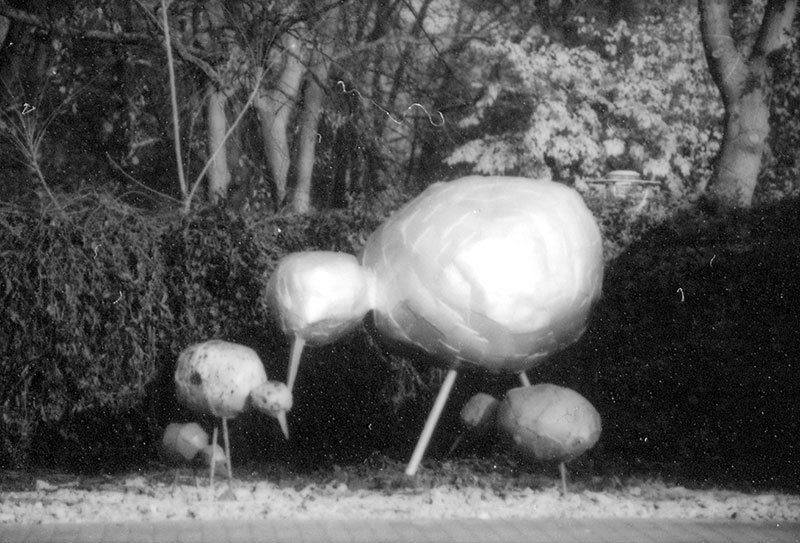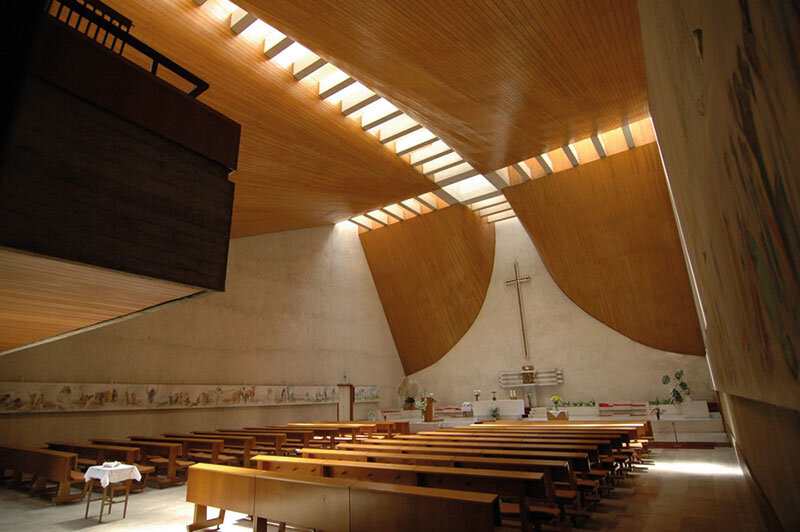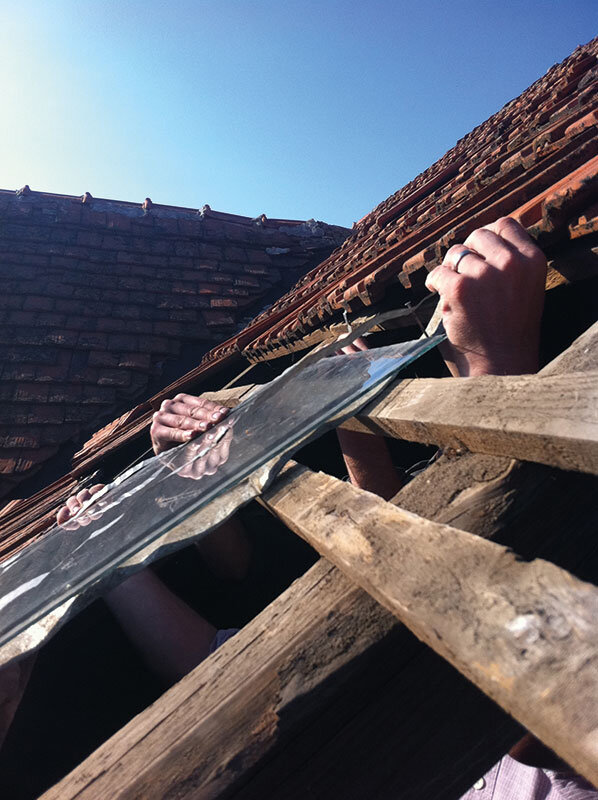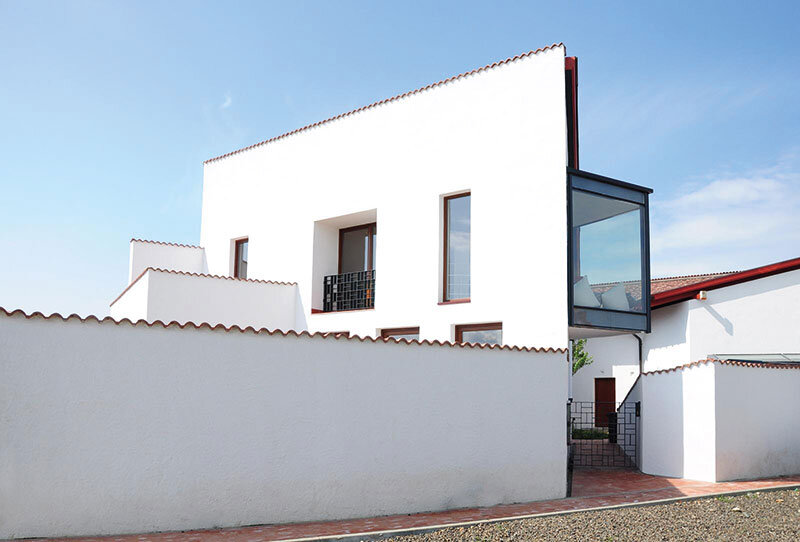
Building for the community. PAO experimental architecture summer schools

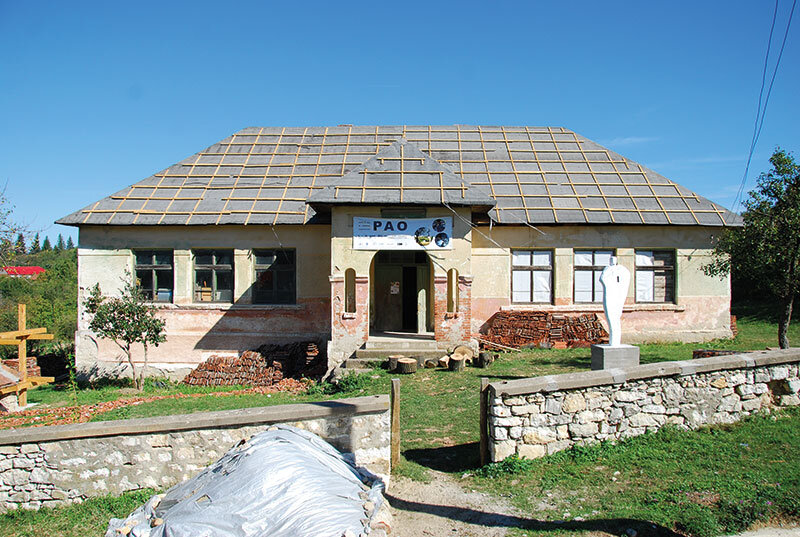
Since 2005, a group of architects, artists and craftspeople from different countries, mostly professionals and students from architecture-related fields, have been meeting annually in the PAO Summer School of Architecture. The intention of these events is to imagine and realize a wide range of experimental projects, from small artistic interventions placed on top of architectural pavilions to Land Art. Over the past seven years, around 200 students and professionals have participated in the workshops organized in Germany, Italy and Romania.
The combination of theory and practice, reflection and creation, contemplation and production is the core idea of the project. Craftsmanship is also seen from a pragmatic perspective, but it is perceived in the PAO mainly as a concept. The great strength is the combination of practice and intellect. An understanding of the spirit of place, as manifested in the local culture and mentality, is also essential.
DTP projects are not imposed from the start, but are found on the spot and realized under conditions that require ingenuity and improvisation. Architectural models emerge in situ, in natural conditions, on a one-to-one scale. This way of working does not necessarily lead to extraordinary architecture, but it is the basis of a joyful and personally rewarding work. After all, such a perspective on architecture is welcome and necessary everywhere and at all times.
Understanding culture through collective creation
In addition to hands-on experience, the PAO program includes lectures and seminars, and is designed to complement the current university architectural education. An open methodology has been developed that uses architectural and artistic interventions as tools for site-anchance, cultural survey and field analysis. The process of creation and production can be seen as an analytical tool or as a contrasting agent involving observation and complex investigation. Since these processes rely on a multitude of materials and resources, knowledge of them makes it possible to perceive a specific imprint of the culture and atmosphere of a particular place, also revealing its social aspects and technological means.
Theoretical learning is most effective when combined with practice. PAO is developing an operational system that brings together building and art workshops, academic teaching, book publishing and exhibitions, as well as vocational education and creative courses for children. Over the last few years, PAO has been experimenting with alternative forms of creation in art and design. The workshops are based on two main factors: 1) Collective thinking, based on group dynamics, team spirit and collaboration; 2) Site-specificity, as all activities are based in the specificity of a particular place, defined both by the physical conditions and the mentality of the inhabitants.
In this way, architecture is seen as a process of thinking, practicing and learning. In other words, the PAO de-emphasizes architecture as an activity carried out in order to achieve a certain result, privileging instead the process of carrying out the architectural act. In this way, architecture is no longer a finished design, an object or a building, but an intellectual force capable of stirring and pushing ideas forward, a form of experience, imagination and memory. My belief is that architecture seen in this way gives rise to understanding and practical intelligence for those interested in such experiments. Thus the PAO camps have become laboratories for experiences resulting from the challenges created by the environment and people, but at the same time they have been sources of knowledge. It is about knowing a place, but also about knowing the capacity to change it, for better or worse, through an architectural or artistic intervention.
Read the full text in issue 1/2013 of Arhitectura magazine - Special Issue Timisoara

